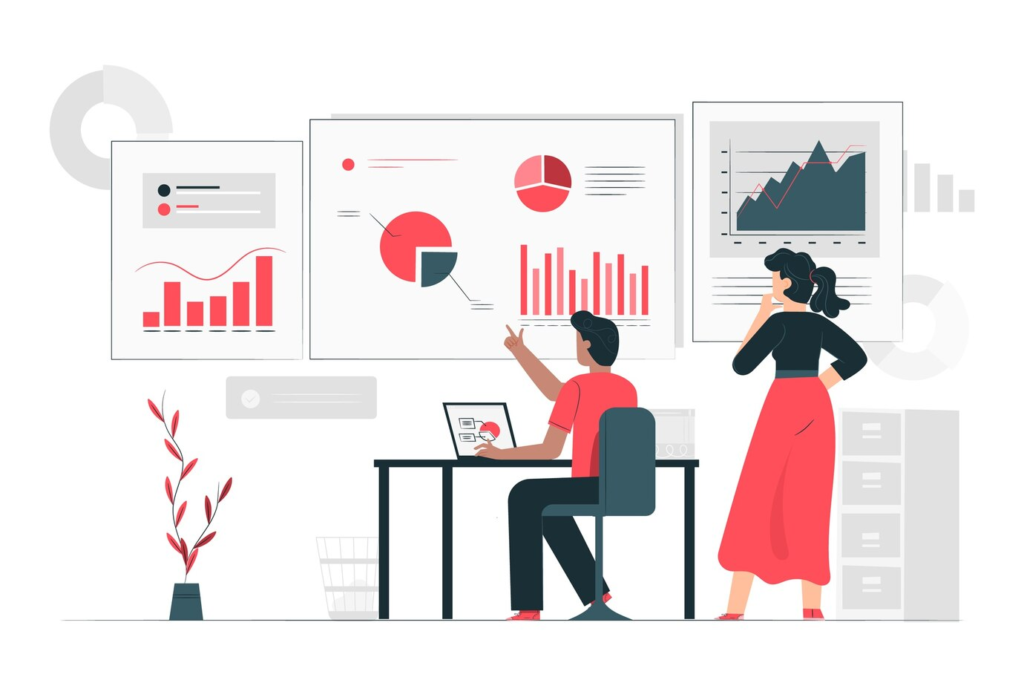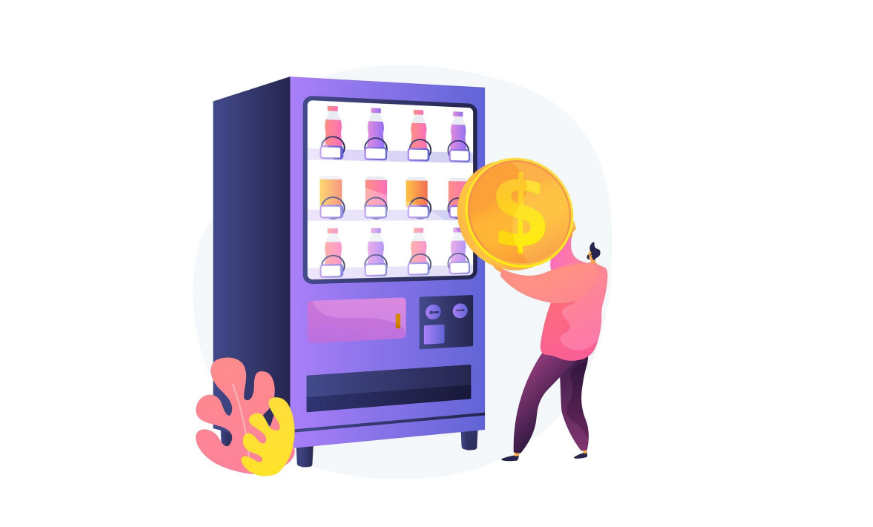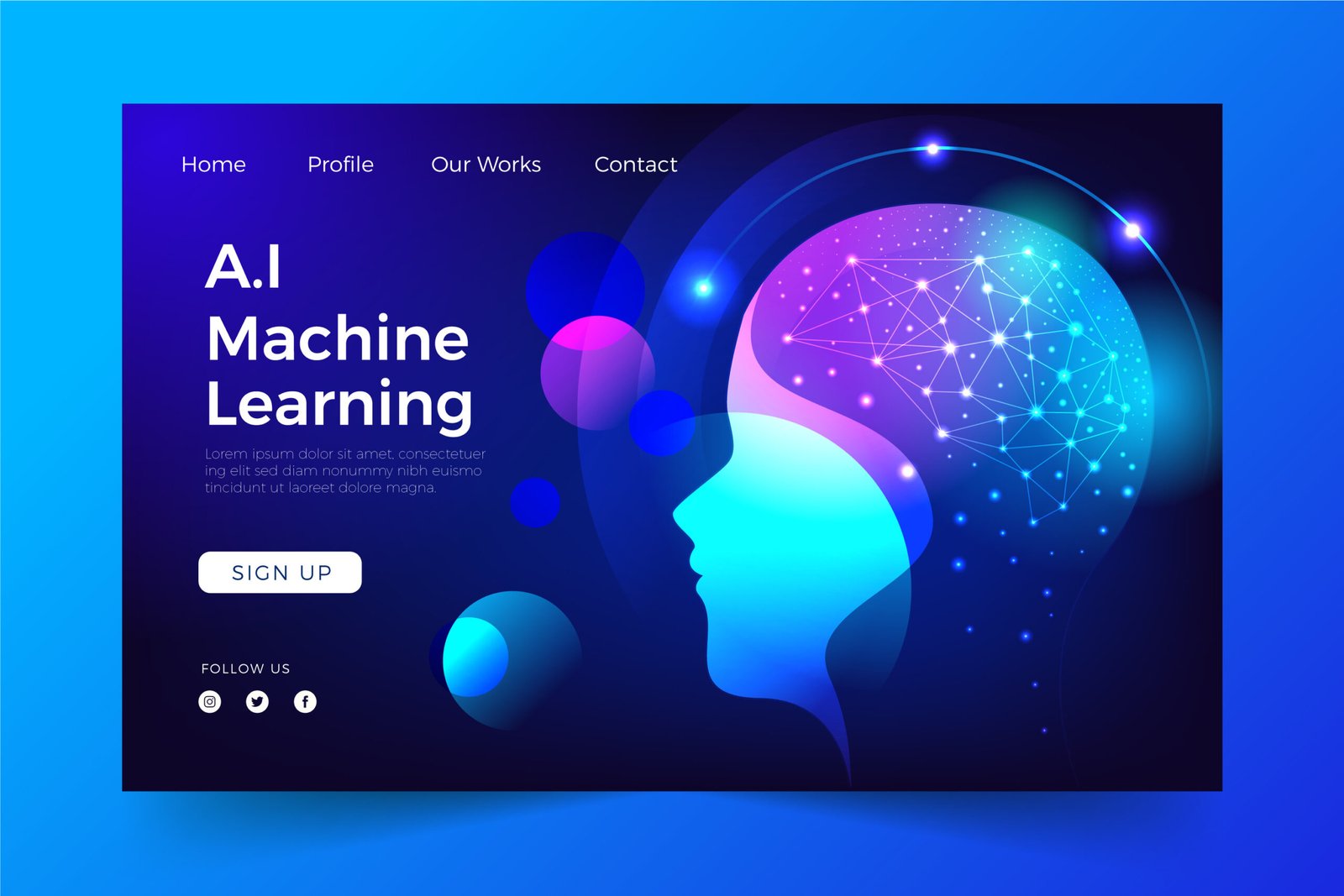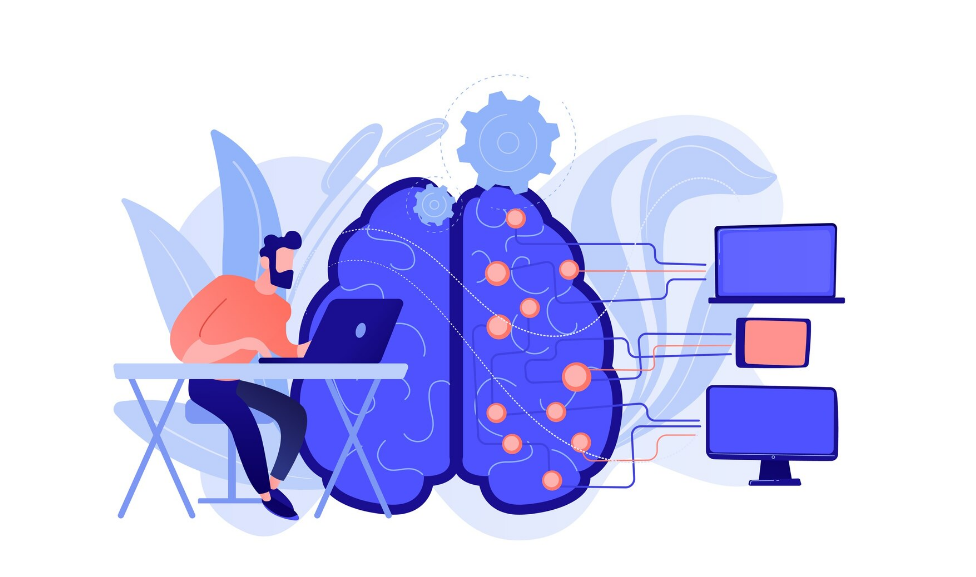Introduction to Predictive Analytics in B2B Sales
Predictive analytics is an advanced data analysis technique that utilizes statistical algorithms and machine learning approaches to identify the likelihood of future outcomes based on historical data. In the context of B2B sales, this innovative strategy plays a pivotal role in transforming how organizations approach their sales processes. By analyzing previous customer behaviors, market trends, and other relevant data, predictive analytics enables businesses to forecast potential sales opportunities, refine their targeting strategies, and enhance their overall decision-making capabilities.
The significance of predictive analytics in the modern business landscape cannot be overstated. As companies strive to differentiate themselves in a competitive environment, harnessing the power of predictive insights presents a substantial advantage. B2B sales often involve lengthy sales cycles and complex decision-making processes; therefore, understanding purchasing patterns and customer preferences can lead to more effective engagement and increased conversion rates. By leveraging predictive analytics, sales teams are able to prioritize high-quality leads, allowing them to allocate resources more efficiently and improve their chances of closing deals.
Additionally, predictive analytics fosters a data-driven culture within organizations. By embedding analytical thinking into the sales strategy, teams are encouraged to rely on empirical evidence instead of intuition alone. Not only does this improve the accuracy of sales forecasts, but it also enhances collaboration between departments by ensuring that everyone is aligned with data-backed objectives. As businesses continue to adapt to the digital age, those who embrace predictive analytics will likely experience significant growth. This evolution not only influences how B2B sales operate but also sets the stage for broader discussions on driving sustainable success through analytical innovation.
The Evolution of Sales Strategies with Predictive Analytics
The approach to sales has undergone significant transformations over the decades, adapting to the change in technological landscapes and consumer behaviors. Traditionally, sales strategies relied heavily on intuition and experience, where sales representatives would gauge customer interests based on personal relationships and historical sales data. The focus was predominantly on the immediate interaction between sales personnel and potential clients, with little room for systematic analysis. This historical context laid the groundwork for subsequent evolutions in sales methodologies.
As businesses began to harness the power of data in the late 20th century, there was a notable shift towards more structured sales techniques. Companies started leveraging Customer Relationship Management (CRM) systems to store and analyze customer interactions. This development allowed for a more strategic approach to sales, enabling organizations to segment their customer base and tailor their sales pitches accordingly. However, while these advancements improved targeting and efficiency, they largely remained reactive, responding to historical data rather than anticipating future trends.
The introduction of predictive analytics represents a pivotal moment in the evolution of B2B sales strategies. By utilizing advanced algorithms and machine learning, predictive analytics provides insights not only into past customer behaviors but also forecasts future buying patterns. This data-driven decision-making process enables organizations to make proactive sales strategies that capitalize on potential opportunities, rather than merely responding to existing customer needs. As a result, sales teams can now prioritize leads with higher conversion probabilities and personalize their sales approach to resonate more effectively with potential clients.
In summary, the journey of sales strategies from intuition-based methods to data-driven decision-making is marked by the advancements in technology and the utilization of predictive analytics. This significant shift allows businesses to engage in more informed selling practices, driving growth and improving overall sales performance in the competitive B2B landscape.
Key Components of Predictive Analytics in Sales
Predictive analytics has emerged as a critical tool for B2B sales, leveraging data and statistical algorithms to forecast future outcomes, enhance decision-making, and drive growth. The foundational components of predictive analytics encompass several key aspects: data collection methods, modeling techniques, and commonly used algorithms. Each component plays a crucial role in generating actionable insights and improving sales strategies.
Data collection is the first step in the predictive analytics process. Effective data sourcing involves gathering historical sales data, customer interactions, market trends, and behavioral patterns. Techniques such as surveys, CRM system integration, and web analytics feed essential data into the analytics framework. Collecting high-quality data is vital; inconsistencies and gaps can lead to inaccurate predictions, undermining the potential benefits of predictive analytics.
Once the data is collected, various modeling techniques are employed to interpret the information and generate predictions. Common approaches include regression analysis, decision trees, and machine learning models. Regression analysis identifies relationships between variables, while decision trees offer a visual representation of decision paths based on data inputs. Machine learning, on the other hand, enables models to learn from new data points, enhancing predictive accuracy over time. These modeling techniques provide sales teams with forecasts of customer behavior, potential sales opportunities, and market dynamics.
Algorithms serve as the backbone of predictive modeling. Common algorithms in predictive analytics include logistic regression, random forests, and neural networks. Each algorithm has its merits depending on the nature and complexity of the dataset. For instance, logistic regression works well for binary outcomes, while randomly generated trees can capture non-linear relationships effectively. The choice of algorithm significantly influences the performance of the predictive models, directly affecting sales strategies.
In conclusion, understanding the key components of predictive analytics in sales—data collection methods, modeling techniques, and algorithms—empowers businesses to leverage insights for enhanced decision-making, leading to increased sales efficiency and growth.
Benefits of Implementing Predictive Analytics in B2B Sales
In today’s competitive business landscape, B2B companies are increasingly turning to predictive analytics to enhance their sales processes. One of the primary benefits of implementing predictive analytics is its capacity for improved sales forecasting. By analyzing historical data and identifying patterns, businesses can more accurately predict future sales trends, allowing them to allocate resources more effectively and make informed strategic decisions. This level of foresight not only enhances operational efficiency but also aligns sales strategies with market conditions.
Another significant advantage of predictive analytics is improved lead scoring. Businesses often face challenges in identifying high-quality leads amidst a plethora of potential clients. Predictive analytics enables companies to assess the likelihood of a lead converting into a customer by analyzing various data points, including behavioral data and engagement history. This refined lead scoring process helps sales teams prioritize their efforts on leads with the highest potential, ultimately increasing conversion rates and driving sales performance.
Furthermore, predictive analytics facilitates better customer segmentation. By leveraging data analytics, companies can classify their customers into specific segments based on various criteria such as purchase behavior, interests, and demographic information. This segmentation allows B2B businesses to tailor their marketing and sales efforts to meet the unique needs of each group, enhancing customer satisfaction and fostering deeper relationships. As a result, companies can craft personalized experiences that resonate with their target audience, leading to increased engagement and retention rates.
In conclusion, incorporating predictive analytics into B2B sales processes can yield significant advantages. Enhanced sales forecasting, improved lead scoring, and better customer segmentation all contribute to increased sales performance and growth. As companies continue to adopt data-driven strategies, those leveraging predictive analytics will likely gain a competitive edge in the marketplace.

Challenges and Limitations of Predictive Analytics in B2B Sales
While predictive analytics offers substantial advantages for B2B sales strategies, it also presents several challenges and limitations that organizations must navigate. One of the foremost concerns is data privacy. With increasing regulations, such as the GDPR and CCPA, organizations must ensure that they adhere to strict standards for data collection and utilization. The ethical implications of consumer data use can present significant challenges, particularly in obtaining consent and ensuring the transparent handling of sensitive information. A breach of privacy can not only lead to reputational damage but also substantial legal repercussions.
Another critical limitation is the reliance on skilled personnel. Effective implementation of predictive analytics requires expertise in data science and analysis. Organizations may find it challenging to recruit or train the necessary talent, which can lead to a gap in the utilization of advanced analytical techniques. In many cases, a lack of skilled professionals can impede the meaningful interpretation and application of predictive insights, resulting in missed opportunities for sales growth.
The dependence on technology also poses challenges. Businesses often rely on complex tools and software to analyze data and generate forecasts. However, if these systems are not properly integrated into existing workflows, they can lead to inefficiencies and misalignment between departments. This technological reliance requires a careful evaluation of tools to ensure they provide accurate, actionable insights.
Lastly, there is the potential for data misinterpretation. Predictive analytics can produce a wealth of insights, but without careful analysis, organizations may draw incorrect conclusions from the data. Relying heavily on algorithms and models without human oversight increases the risk of decisions based on flawed interpretations. Thus, while predictive analytics has the potential for transformative growth in B2B sales, it is essential to navigate the associated challenges thoughtfully.
Real-World Applications of Predictive Analytics in B2B Sales
Predictive analytics has emerged as a transformative force in the B2B sales sector, allowing organizations to leverage data to enhance decision-making processes. Numerous companies have adopted predictive analytics to optimize their sales strategies and achieve remarkable results. For instance, a leading technology firm utilized predictive analytics to refine its customer segmentation. By analyzing historical purchasing behaviors, the company was able to differentiate between high-value and low-value clients, allowing tailored marketing efforts that increased conversion rates by over 30%. This application demonstrates how data-driven insights can lead to better-targeted sales strategies.
Another notable example comes from a global manufacturing company, which implemented predictive analytics to forecast product demand across its various markets. By employing sophisticated algorithms that integrated market trends, customer data, and seasonality factors, the company improved its inventory management. As a result, it reduced excess stock levels by 25% while simultaneously increasing on-time delivery rates. This case highlights how predictive analytics aids in aligning production capabilities with actual market demand, leading to enhanced operational efficiency and sales performance.
A further instance can be found in the realm of lead scoring, where a B2B service provider adopted predictive analytics to enhance its sales pipeline. By developing a predictive model that identified the most promising leads based on historical engagement data, the firm optimized its sales team’s efforts. This initiative reportedly increased follow-up success rates by 40%, illustrating how accurate insights can prioritize leads and offer a lucrative return on investment.
Overall, these examples underscore the tangible benefits of utilizing predictive analytics in B2B sales. Companies that harness the power of data can achieve significant improvements in sales outcomes, customer satisfaction, and overall growth. By embracing predictive analytics, organizations can position themselves strategically for future success.

Future Trends in Predictive Analytics and B2B Sales
The landscape of predictive analytics in B2B sales is poised for significant transformation, driven by advancements in technology and shifts in consumer behavior. As organizations increasingly recognize the value of data-driven decision-making, predictive analytics has emerged as a crucial component of sales strategies. Notably, technologies such as artificial intelligence (AI) and machine learning (ML) are at the forefront of this evolution, enabling sales teams to analyze complex datasets more effectively and extract actionable insights.
AI and ML are becoming integral to predictive analytics, offering capabilities that allow for more accurate forecasting of sales trends and customer preferences. These technologies can identify patterns within vast amounts of data, enabling businesses to anticipate customer needs and tailor their sales approaches accordingly. Additionally, the ability to utilize natural language processing (NLP) and sentiment analysis can provide deeper insights into customer interactions, allowing for more personalized engagement strategies.
Moreover, the rise of data integration platforms and customer relationship management (CRM) systems is facilitating the consolidation of various data sources, enhancing the effectiveness of predictive analytics tools. As B2B companies embrace these technologies, they will be better positioned to leverage real-time data, leading to more agile decision-making and a proactive sales strategy.
Furthermore, evolving consumer behavior is significantly impacting the predictive analytics landscape. As buyers become more informed and selective, B2B sales teams must adapt their strategies to align with changing expectations. Understanding the intricacies of buyer behavior through predictive analytics will enable organizations to fine-tune their marketing efforts, improve lead scoring, and optimize sales funnels.
In conclusion, the future of predictive analytics in B2B sales will be shaped by the integration of advanced technologies and a deeper understanding of consumer behavior. Embracing these emerging trends will undoubtedly provide businesses with a competitive edge, helping them drive growth and enhance customer relationships in an increasingly data-driven marketplace.
Best Practices for Implementing Predictive Analytics in B2B Sales
Implementing predictive analytics in B2B sales can significantly drive growth and enhance decision-making processes. However, to harness its full potential, organizations need to adopt best practices that facilitate successful integration. One of the first steps is securing stakeholder buy-in. Engaging senior leadership and key decision-makers early in the process ensures alignment around objectives and highlights the value of predictive analytics in achieving sales targets. This collaborative approach fosters an environment where stakeholders are more invested in the project’s success.
Another crucial aspect is selecting the right technology. The market is replete with various analytics tools, each catering to different business needs and levels of sophistication. Companies must assess their existing infrastructure and choose a solution that not only integrates well with current systems but also scales as the organization grows. A comprehensive evaluation of requirements and potential software options can play a pivotal role in the efficacy of predictive analytics implementation.
Creating a data-driven culture is also essential for a successful transition. Encouraging teams to leverage data in their sales strategies and decisions transforms the organizational mindset. Training employees on how to interpret analytics results and make data-driven recommendations fosters a culture of accountability and innovation. This cultural shift will lead to improved collaboration, as departments begin to share insights and value the contributions of data in their daily operations.
Finally, ongoing measurement of outcomes is vital in determining the effectiveness of predictive analytics initiatives. Regularly reviewing key performance indicators (KPIs) helps organizations understand the impact of their strategies and make necessary adjustments. By systematically evaluating results, businesses can refine their approach and identify new opportunities for leveraging predictive analytics in B2B sales. This proactive stance not only enhances current practices but also lays a foundation for sustainable growth moving forward.
Conclusion: Embracing Predictive Analytics for Sustainable Growth
As businesses navigate the complexities of the current B2B sales landscape, the integration of predictive analytics has emerged as a crucial strategy. Throughout this discussion, we highlighted the transformative power of predictive analytics, illustrating its role in enhancing decision-making processes and driving sales performance. This powerful tool empowers organizations to draw insights from historical data, identify patterns, and forecast future trends, enabling more informed strategies going forward.
Furthermore, the implementation of predictive analytics allows companies to better understand customer behaviors and preferences. By utilizing data-driven insights, businesses can tailor their offerings to meet the specific needs of their clientele. This customer-centric approach facilitates not only improved customer satisfaction but also fosters stronger relationships that can lead to increased loyalty and repeat sales. In a highly competitive market, leveraging predictive analytics thus becomes essential for maintaining an edge over rivals.
The shift towards data-centric decision-making is not merely a trend; it represents a fundamental evolution in how organizations approach their sales strategies. Companies that adopt predictive analytics are better equipped to anticipate market shifts, streamline their operations, and optimize their sales processes. Consequently, by embracing this technology, B2B firms not only enhance their operational efficiency but also position themselves for sustainable growth in the ever-evolving marketplace.
In conclusion, as the demand for agile and informed decision-making grows, the use of predictive analytics in B2B sales is not just advantageous; it is imperative. To thrive in today’s competitive environment, businesses must harness the capabilities of predictive analytics, ensuring they remain at the forefront of innovation and growth. Embracing this paradigm shift can lead to significant improvements in performance and, ultimately, to long-term success.





